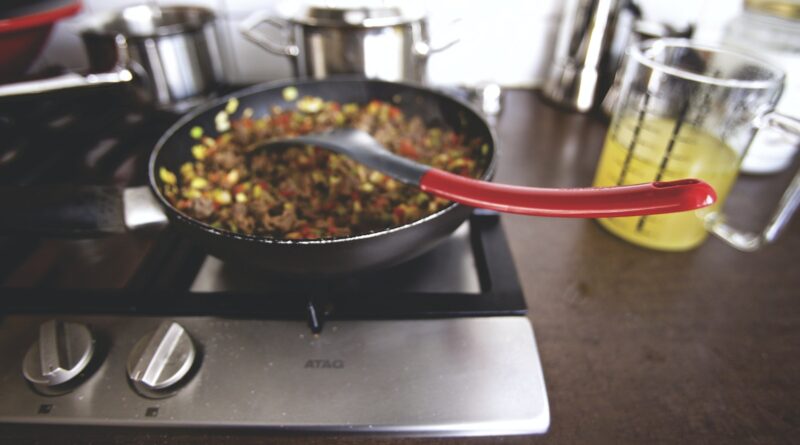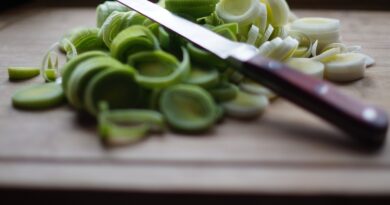What’s the difference between sautéing and frying?
If you’re a home cook, you’ve probably heard of sautéing and frying. Both are popular cooking techniques, but what’s the difference between them? Let’s take a look.
Sautéing is a cooking technique that involves cooking food in a small amount of fat, usually oil or butter, over medium-high heat. The food is usually cut into small pieces and cooked quickly, allowing it to brown and become crispy. Sautéing is a great way to cook vegetables, meats, and fish.
Frying, on the other hand, is a cooking technique that involves cooking food in a large amount of fat, usually oil, over high heat. The food is usually cut into larger pieces and cooked until it is golden brown and crispy. Frying is a great way to cook meats, fish, and vegetables.
The main difference between sautéing and frying is the amount of fat used and the temperature of the heat. Sautéing requires a small amount of fat and is cooked over medium-high heat, while frying requires a large amount of fat and is cooked over high heat.
Another difference between sautéing and frying is the texture of the food. Sautéed food tends to be crispier and browner, while fried food tends to be crunchier and golden brown.
So, when it comes to sautéing and frying, the main difference is the amount of fat used and the temperature of the heat. Both techniques are great for cooking meats, fish, and vegetables, but the texture of the food will be different depending on which technique you use.




